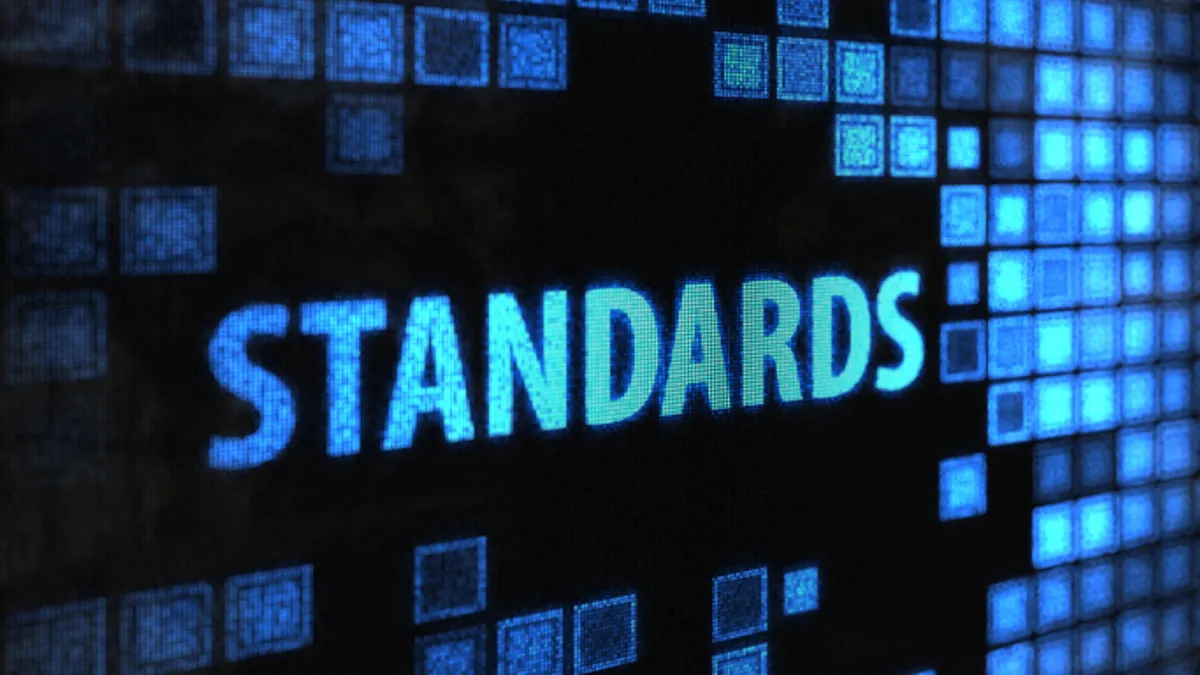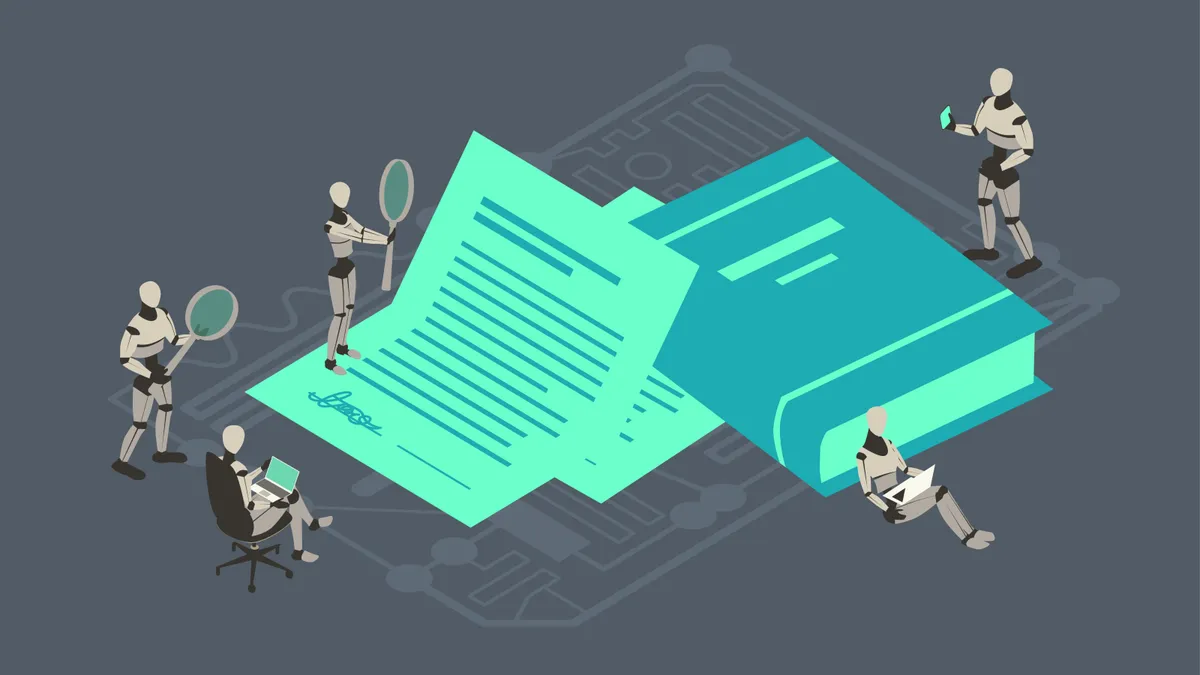When the legal team at Gordon Food Service started managing legal holds for the company’s claims and insurance team in 2020, the volume of work for the 8-person team increased by a factor of five. But rather than hire an additional paralegal, the team subscribed to an automated, cloud-based service that the company says saved it hundreds of hours of work.
“I just didn’t have the time for it,” Lindsay Kolar, a paralegal on the team, said in a statement about the decision to replace what was a manual, spreadsheet-based process with the subscription service.
A number of software-as-a-service (SaaS) options for managing the legal hold process are available in the market today, including from Everlaw and Relativity, two companies that operate in the investigation and litigation product space. The system that the Gordon team turned to is from Logikcull.
Because the systems are cloud-based, legal teams can access the platform and use the tools as much or as little as they need to without an upfront investment in on-premises software, enabling them to match pricing to need. In Logikcull’s case, the company offers a free plan to give teams with little need for the service to access the tool without features that would be of interest to teams with high volume needs.
“If your needs are basic, it’s probably just what you need,” Logikcull product specialist Laura Vieiro Rial said in a webcast.
Automated solutions
Although they differ, the services operate in many of the same ways. Once the team gathers and enters its list of custodians into a database, staff customize a template to send out an automated hold notice.
“The tool will send a separate email to each of the custodians, so you don’t need to email them one-by-one,” Rial said. “So, issuing a hold can typically take less than five minutes.”
The system tracks custodian acknowledgements they received the notice and sends compliance reminders based on a schedule set by the team.
“This is where a manual spreadsheet-based process starts to get messy and confusing,” Rial said. “When you send a legal hold notice, your custodians have to confirm receipt, which usually translates into a bunch of email replies, received at different times. People ignore your emails and probably some come back with out-of-office notifications that indicate you’ll have to follow up with that person.”
Once the notice is out, the system manages, integrates and makes searchable the material custodians submit, reducing the team’s reliance on in-house IT staff to create its own solution.
“This means you can activate the preservation during the required time frame and on the relevant Google apps,” she said. “So, it all becomes one single step and you can avoid involving your IT team in this. You become more independent.”
The integration can be integral to the value of the service given how hard it can be for in-house IT teams to collect outside sources of material, like Slack conversations, because of access issues.
“We all know that Slack preservation is a little tricky,” she said. “You can make sure no relevant conversations are lost.”
eDiscovery transition
When the hold ends, the system automates the notification in the same way as the initial hold notice, and if the investigation transitions into litigation, the system transitions into an eDiscovery tool.
“You can instantly turn your hold into a discovery matter and start collecting and analyzing your data,” Rial said.
Pricing differs but in a typical case offered by Logikcull, a team can subscribe without committing to a set term for under $400 a month.
“Legal hold tools can be as expensive as $100,000 per year," said Rial.
Separate from the cost, the service can be a big time and labor saver, which is where much of the value comes from, Rial said.
“A survey found 84% of in-house teams managing legal holds internally,” she said. “That means the majority of them are doing holds using traditional methods, namely spreadsheets, hand-written notes or just emails.”
Material provided by Logikcull says the team at Gordon Food Service cut the amount of time it devoted to legal holds by 90%, saving 360 hours and triggering a 12x increase in productivity.
“Their former spreadsheet-based system was quite prone to human error,” Rial said. “For context, they were previously maintaining five spreadsheets per legal hold, where they also kept track of everything from acknowledgements, reminders and releasing custodians. So, gaining efficiency and reducing risk are the main benefits Gordon Food Service gained from implementing legal hold technology.”



















